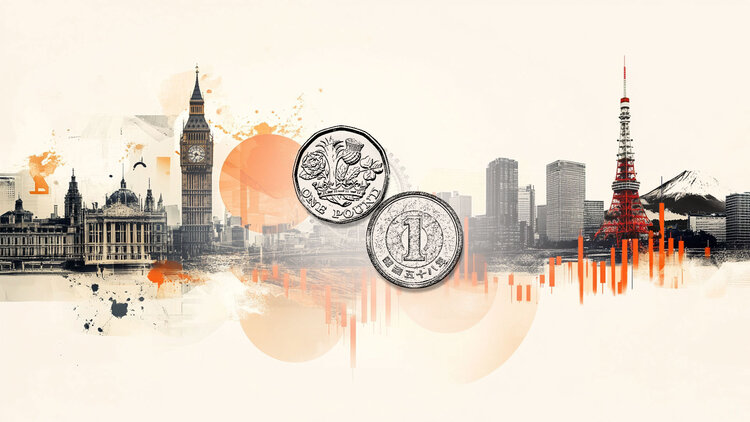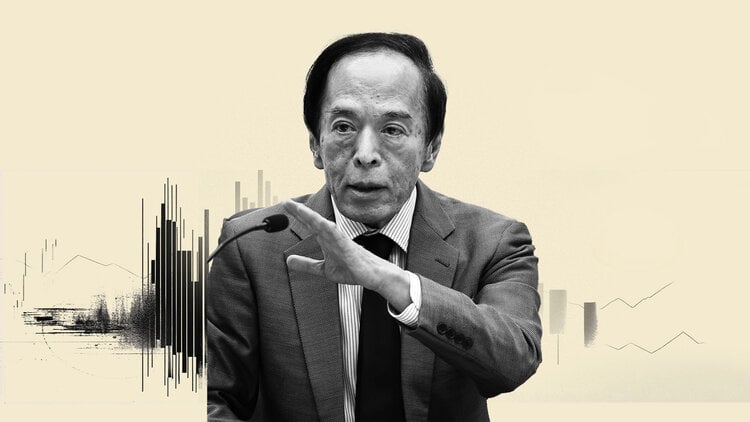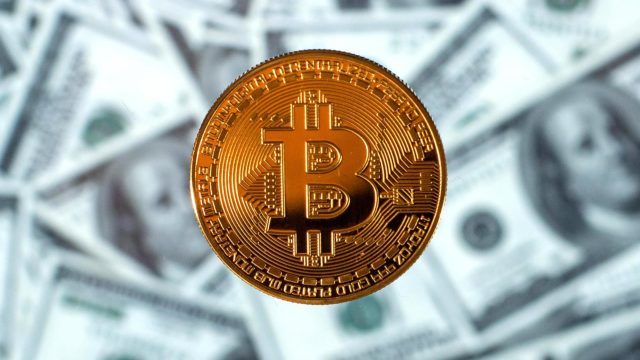- Gold price struggles to hold up as investors wait for US inflation data.
- US inflation data for July is expected to provide significant clues.
- Credit card spending in the US remains the highest on record in the second quarter, and delinquencies rise.
The price of Gold (XAU/USD) discovered an intermediate cushion after marking a fresh monthly low on Thursday. The precious metal remains on edge as future action will be guided by the pace of inflation after the US Consumer Price Index (CPI) data for July. Gold price finds no significant support despite of the fall of the US dollar. It seems that the impact of the fall in demand from central banks is intact.
US inflation data for July is expected to provide significant clues to the Federal Reserve’s (Fed) monetary policy for September. Signs of persistence in the inflation data would raise hopes of a tough interest rate decision by the Fed. Meanwhile, consumer sentiment could come under pressure as mortgage rates rose to a new high of 7.09 % this week.
Market Drivers: Gold price bounces slightly ahead of US inflation.
- Gold price finds buying interest after hitting a new monthly low around $1,915 ahead of the US CPI data for July due at 12:30 GMT.
- Inflation data for July could set the stage for the Federal Reserve’s (Fed) monetary policy in September, as economic data could prove persistent after a long period of easing.
- Gasoline prices experienced a modest recovery last month, which could influence a rebound in headline inflation. On the other hand, the Gross Domestic Product (GDP) for the second quarter and consumer spending for June exceeded expectations. They could be enough to keep core inflation stable.
- According to estimates, the monthly headline and core CPI should grow at a constant rate of 0.2%. Annual headline inflation is expected to rebound to 3.3%, with core CPI holding firm at 4.8%.
- Persistent inflation data could force the hand of Fed officials to change their neutral stance ahead of the September rate decision.
- By contrast, Fed Governor Michelle Bowman maintained her hawkish stance on interest rate guidance amid tight labor markets.
- Following the inflation data, investors will turn their attention to the Producer Price Index (PPI) for July, due to be released on Friday at 12:30 GMT.
- This week, global markets reacted strongly to Fitch’s downgrade of the US government’s long-term debt rating.
- Chicago Fed President Austan D. Goolsbee commented that Fitch’s downgrade will make no difference. However, the US 30-year mortgage rate jumped to a nine-month high of 7.09%.
- On Wednesday, Moody’s downgraded several small and midsize banks as rising borrowing costs could affect their funding capacity and profitability. The credit ratings company also warned that it could downgrade some of the biggest lenders.
- The New York Fed reported in its latest quarterly report on household debt and credit that households increased their indebtedness to the highest level in their history, $45 billion, in the second quarter, with $1.03 trillion of dollars. Credit card delinquencies hit their highest level in 11 years.
Technical Analysis: Gold Price Marks New Monthly Low
Gold price finds temporary support near the new monthly low of $1,916. The precious metal looks vulnerable and is expected to continue its bearish move. After consistently staying below the 20 and 50 day EMAs, the yellow metal is dipping towards the 200 day EMA around $1,907. Momentum oscillators are near the support zone and a further pullback would trigger bearish momentum.
Inflation FAQ
What is inflation?
Inflation measures the rise in prices of a representative basket of goods and services. Headline inflation is usually expressed as a percentage change month-on-month and year-on-year. Core inflation excludes more volatile items such as food and fuel, which can fluctuate due to geopolitical and seasonal factors. Core inflation is the number economists focus on and is the target level of central banks, which are mandated to keep inflation at a manageable level, typically around 2%.
What is the Consumer Price Index (CPI)?
The Consumer Price Index (CPI) measures the variation in the prices of a basket of goods and services over a period of time. It is usually expressed as a percentage of inter-monthly and inter-annual variation. The core CPI is the target of central banks as it excludes the volatility of food and fuel. When the core CPI exceeds 2%, interest rates typically rise, and vice versa when it falls below 2%. Since higher interest rates are positive for a currency, higher inflation usually translates into a stronger currency. The opposite occurs when inflation falls.
What is the impact of inflation on currency exchange?
Although it may seem counterintuitive, high inflation in a country drives up the value of its currency, and vice versa for lower inflation. This is because the central bank will typically raise interest rates to combat higher inflation, attracting more global capital inflows from investors looking for a lucrative place to park their money.
How does inflation affect the price of gold?
In the past, gold was the asset investors turned to during times of high inflation because it preserved its value, and while investors often continue to buy gold for its safe-haven properties in times of extreme market turmoil, this is not the case. most of the time. This is because when inflation is high, central banks raise interest rates to combat it.
Higher interest rates are negative for Gold because they increase the opportunity cost of holding Gold versus an interest-bearing asset or placing the money in a cash deposit account. Conversely, lower inflation tends to be positive for gold as it lowers interest rates, making the shiny metal a more viable investment alternative.
Source: Fx Street
I am Joshua Winder, a senior-level journalist and editor at World Stock Market. I specialize in covering news related to the stock market and economic trends. With more than 8 years of experience in this field, I have become an expert in financial reporting.







